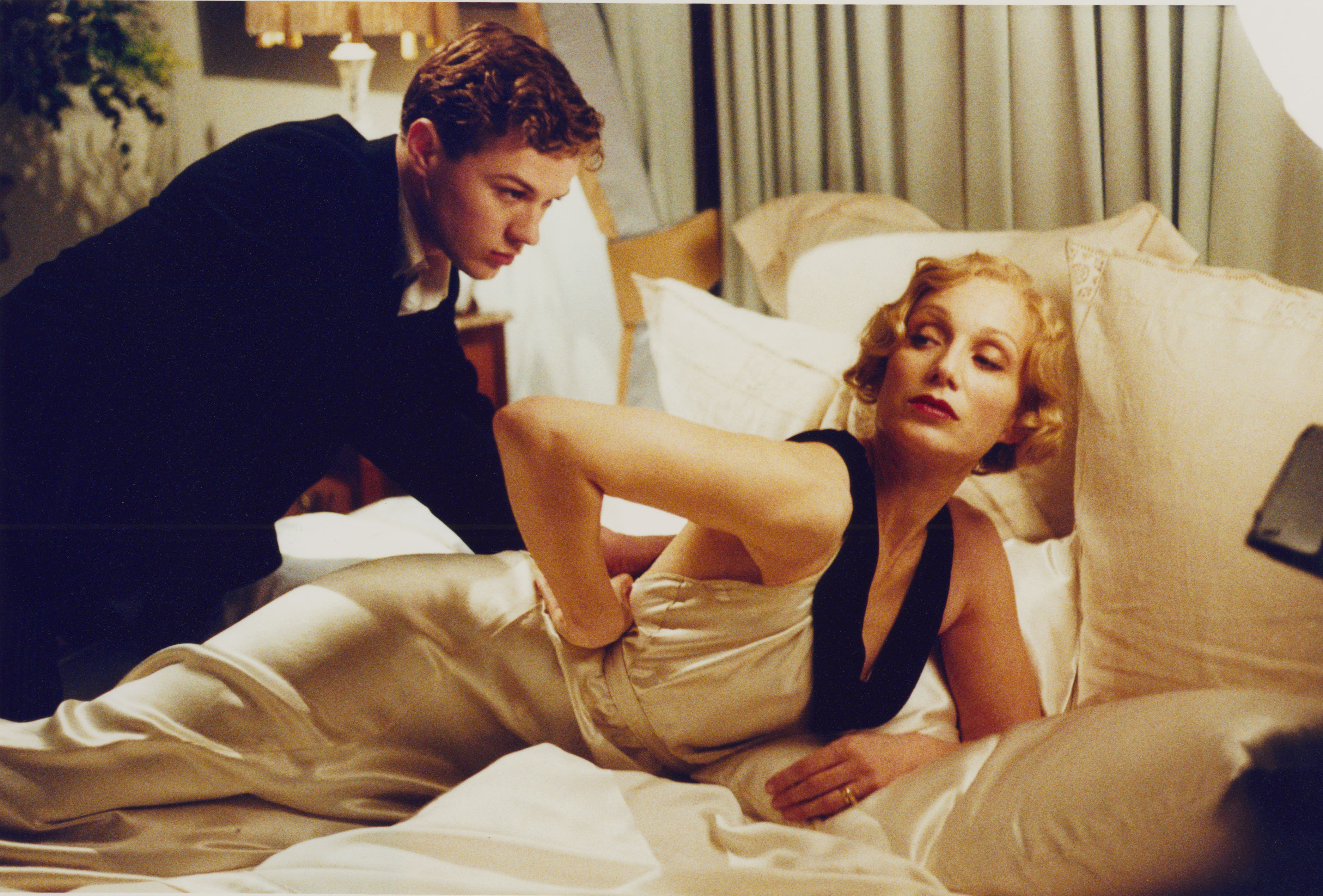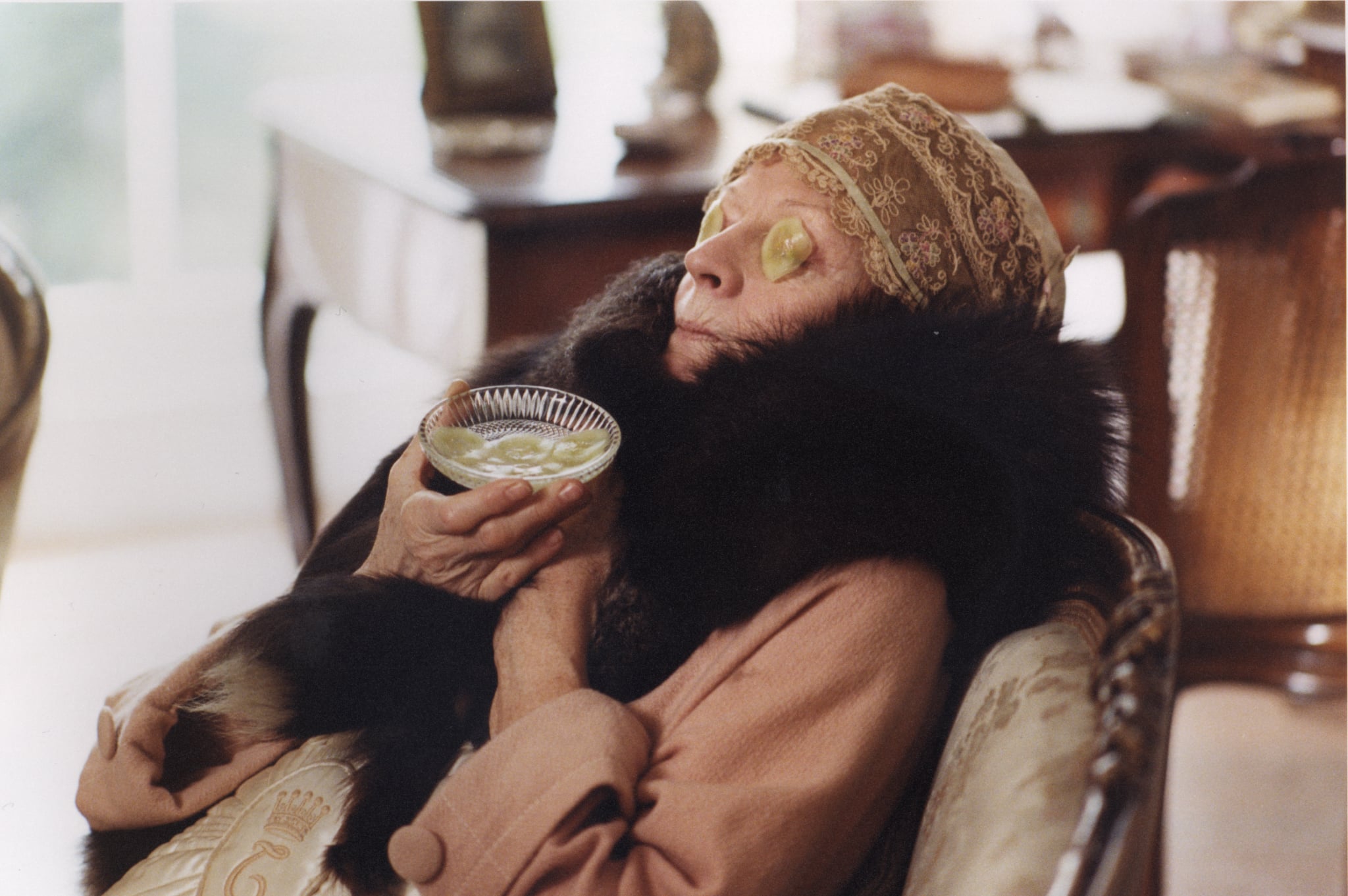GOSFORD PARK
GOSFORD PARK
In the autumn of 1932, guests were gathering at the grand country estate of Gosford Park, invited by their hosts for a weekend shooting party. When a murder occurs during dinner, everyone in the house falls under suspicion - from the British aristocrats and visiting Hollywood filmmakers to the servants attending them.
In the autumn of 1932, as the world reels from the Great Depression and the memory of the First World War still lingers, guests begin to arrive at the grand country estate of Gosford Park, just outside London. They have been invited to a weekend shooting party, bringing together members of the English aristocracy and representatives of Hollywood’s film industry. As these chosen few, like modern-day Olympian gods, take their seats at the dinner table, a bustling army of servants attends to them from the quarters below. Then, quite suddenly, a murder is committed. Before the police arrive, it becomes clear that every person in the house – both upstairs and downstairs – had a motive to kill.
Although the premise sounds like something straight out of an Agatha Christie mystery and indeed, the Queen of Crime’s work was a key inspiration for Julian Fellowes’ Oscar-winning screenplay, GOSFORD PARK (2001) is in fact a sharply observed satire of Britain’s class system. Directed by the American filmmaker Robert Altman, it is, paradoxically, a profoundly British film. Altman, having perfected his signature polyphonic narrative style, allows dozens of characters to speak for themselves, without ever privileging one over another. The result is a masterful portrayal of social interdependence, where the worlds of masters and servants, men and women, British and Americans, the high-born and the merely elevated, intertwine seamlessly. A great summary that crowns Altman’s illustrious career.
Tekst: Rafał Glapiak
.png)
.png)





























